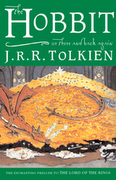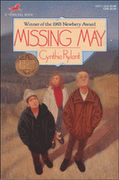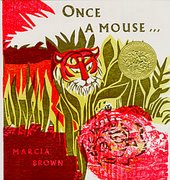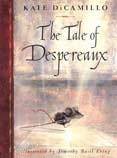by Scott O’Dell
The Newbery Award winning story of the young woman left alone on the Island for many years is written in a sparse and simple style, conveying the simple life of islanders. Before she is left alone, Karana is a junior member of the tribe. As a female, she spends her days foraging for roots and doing work in the huts. When her diminished tribe of only 15 individuals is rescued, a storm arrives and prevents the ship from remaining close ashore. It has to leave. Her younger brother, placing a higher priority on his new spear, delays, and is left on the island. Frantic at loosing her brother, the 12 year old dives over the side and swims ashore to take care of her younger brother. Unfortunately, a pack of wild dogs, her constant nemesis, kills her brother only a short time later. She is left alone.
The story is about the development of strength of character in the face of tremendous stress. She actually knew a great deal of what was required to stay alive, but she was trained to not use it. It was the job of the men to hunt and fish. It was the job of the women to stay in the huts. The effort it takes to overcome the social conditioning and become a successful hunter shows her literally breaking from tradition and expecting the gods to destroy her at any moment.
Her efforts to seek vengeance on behalf of her brother against the wild dogs shows her continuing social consciousness as she seeks to continue nurturing the tribe in the only way available. As Karana learns how to make and use spears, bows and arrows to avenge her brother, she also learns how to better fend for herself, demonstrating the relationship between social consciousness and benefit for the individual.
After she has killed a few of the dogs, she wounds but takes pity on the leader of the pack. Karana nurses the large dog back to health, and Rontu, the dog, learns to act as a friend of man. The great yellow dog becomes her companion for the duration of his life. When the wild dog pack tries to encroach on Karana and her dog’s land, Rontu kills two dogs, temporarily dominates the pack, and then returns to Karana. The wild dogs do not bother them until after Rontu dies of old age. Though Karana was determined to destroy the wild dog pack to avenge her brother, she eventually decided to adopt one of them as her own. Loneliness and isolation became a more pressing demand than her understanding of the needs of her old tribe.
Many years, and another dog later, she allows hunters to find her and leaves the island. Her story is a dramatic telling of the social nature of man. She risked her life to protect her younger brother. When she failed at that, she eventually befriended his killers, one at a time, and turned them back into friends of man.
While this seems like a copy of Robinson Caruso for young people, the reverse is true. The young female islander in Island of the Blue Dolphins actually lived off the coast of California from 1835 to 1853. St Nicholas Island is the outermost of the Channel Island chain and seldom had visitors. She was taken to the Mission at Santa Barbara. No one at the mission ever learned to talk to her except in sign language. Her language was completely unknown. The Chumash Indian tribe of Washington State have included her in their tribal history claiming the Ghalas-at were descendants of that tribe. She was buried at the mission.
Lesson plans can be found at:
http://www.sdcoe.k12.ca.us/SCORE/blue/bluetg.html
Friday, May 4, 2007
Subscribe to:
Post Comments (Atom)










































No comments:
Post a Comment